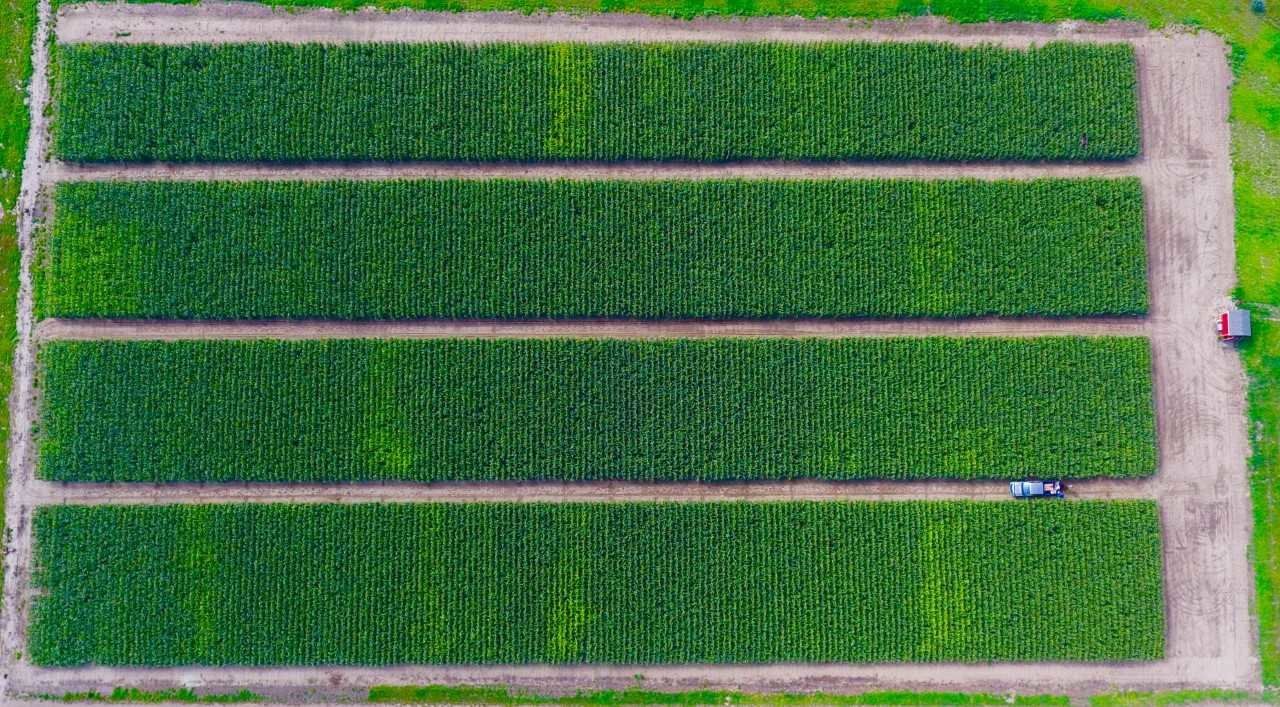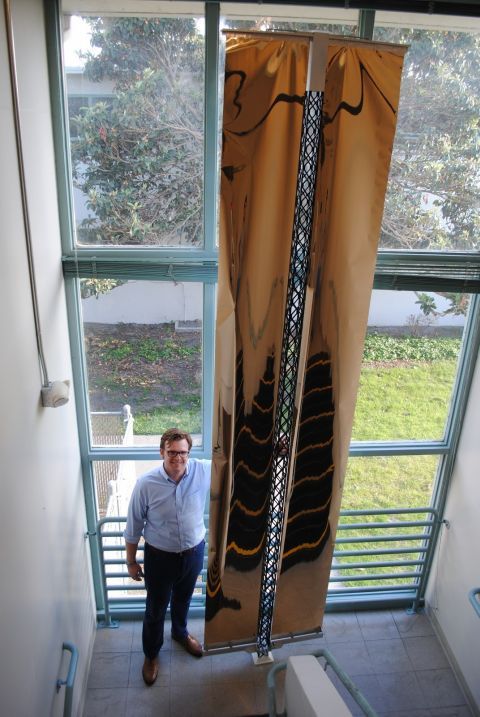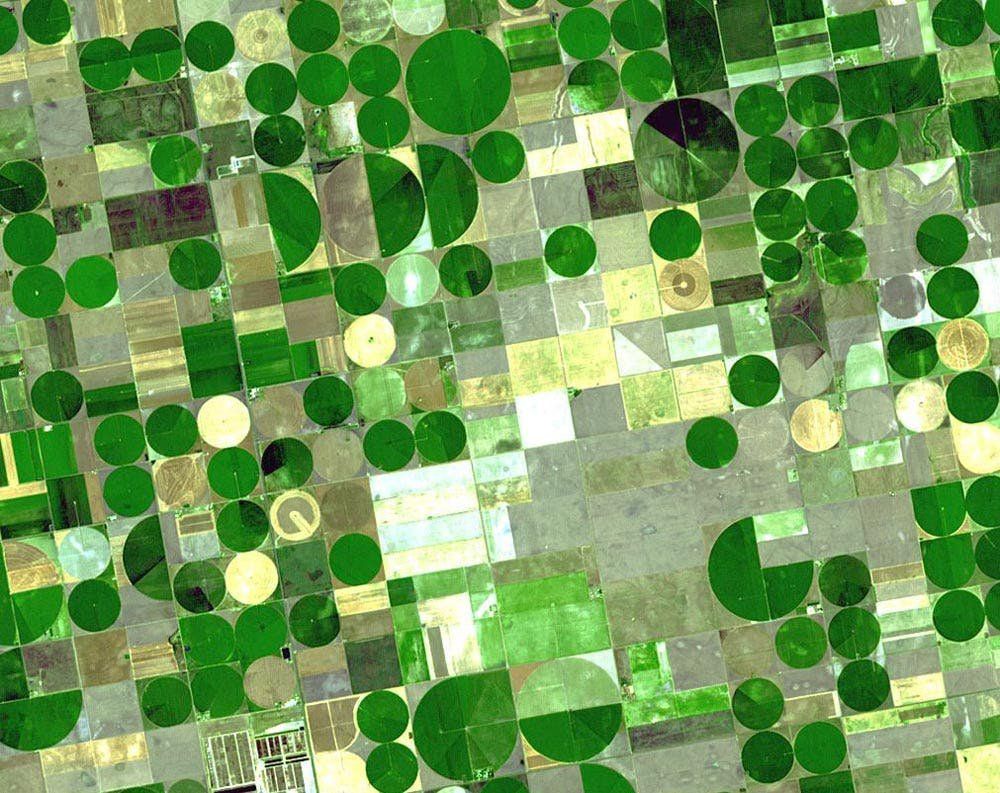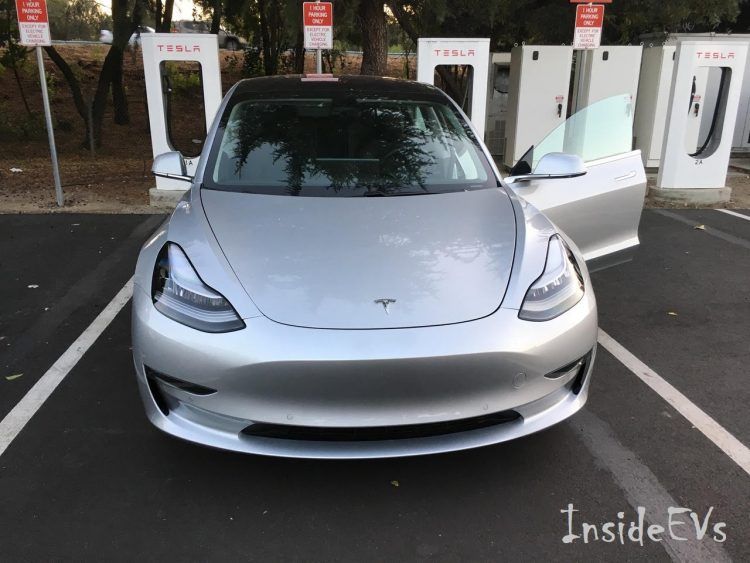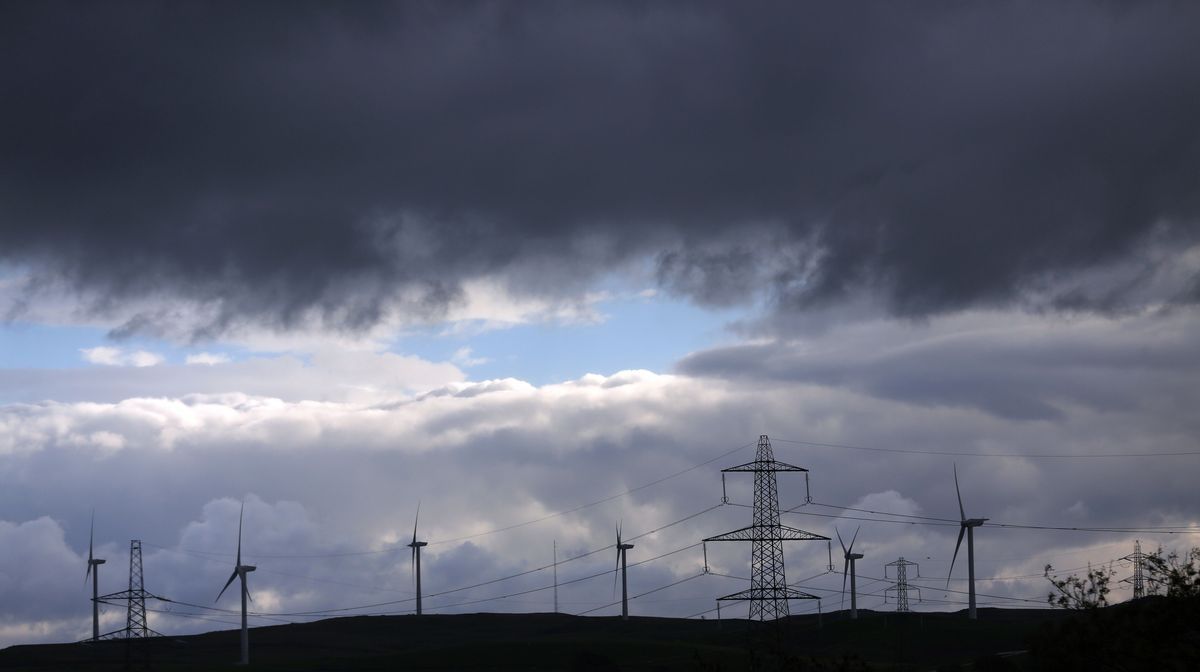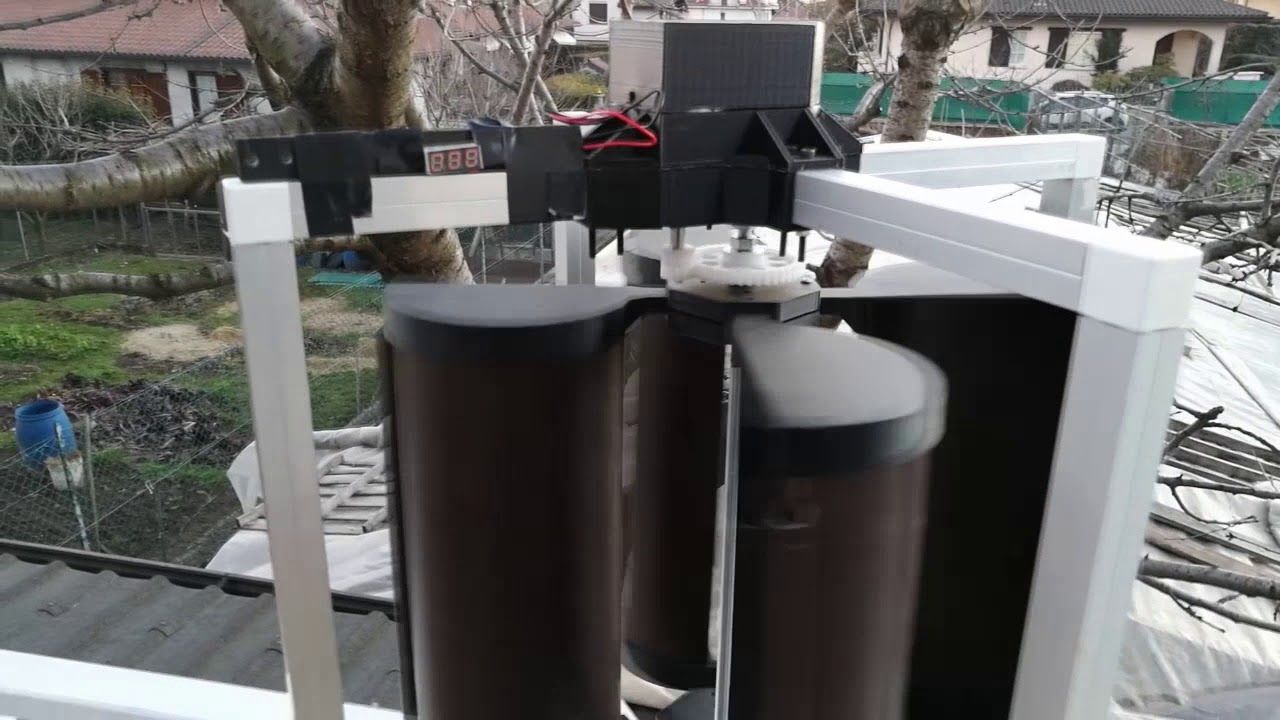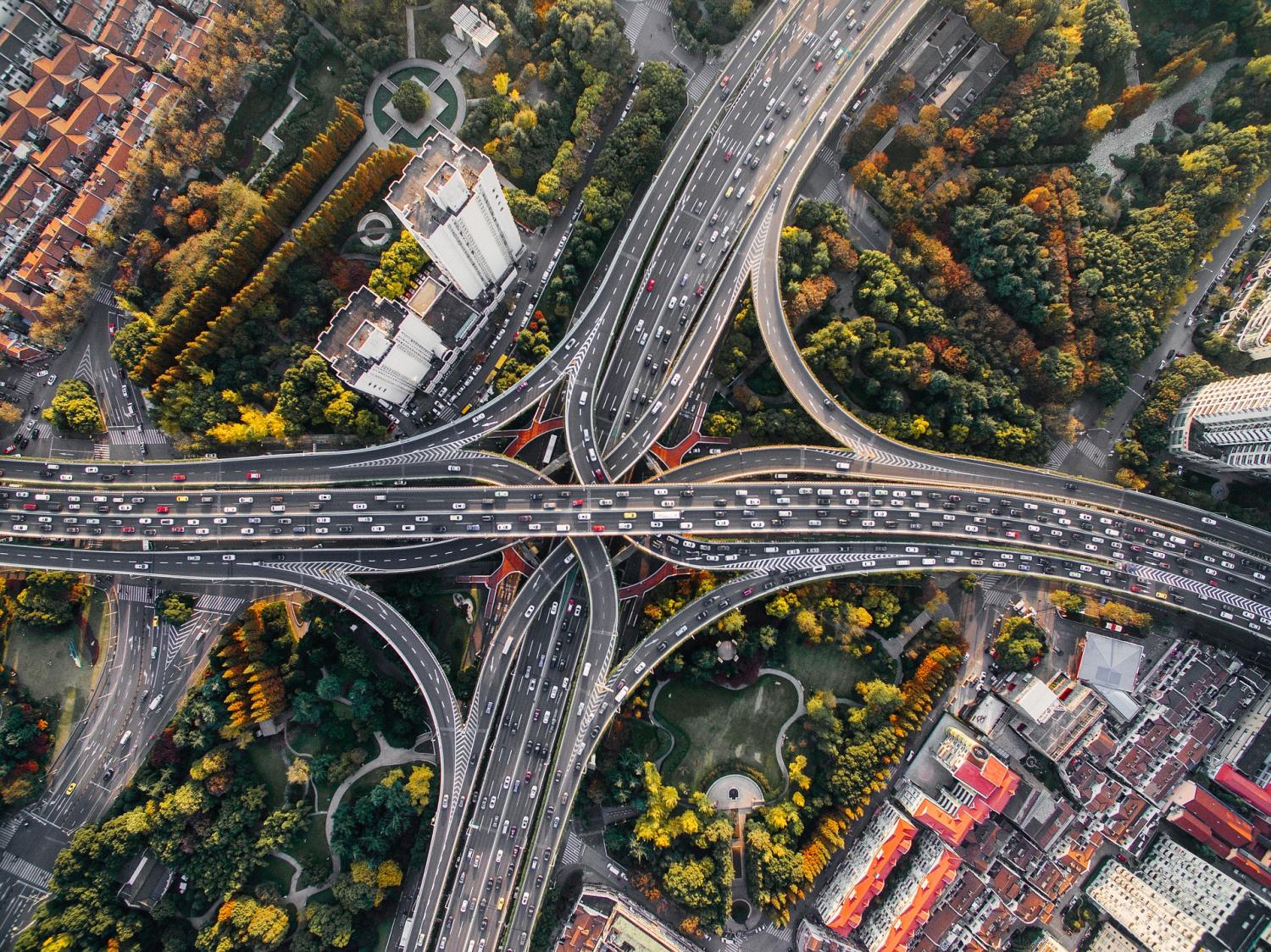Aug 10, 2018
North American diets require more land than we have, study says
Posted by Bill Kemp in categories: food, sustainability
If the global population adopted recommended North American dietary guidelines, there wouldn’t be enough land to provide the food required, according to a new study co-authored by University of Guelph researchers.
The researchers found that global adherence to United States Department of Agriculture (USDA) guidelines would require one giga-hectare of additional land—roughly the size of Canada—under current farming practice. Their findings were published in PLOS ONE today.
“The data shows that we would require more land than what we have if we adopt these guidelines. It is unsustainable,” said Prof. Madhur Anand, director of the Global Ecological Change and Sustainability lab where the study was undertaken.
